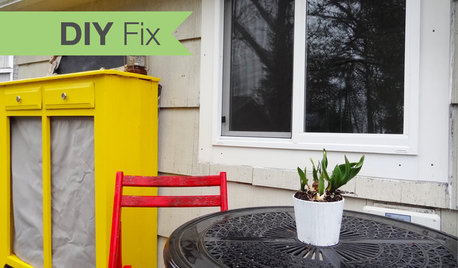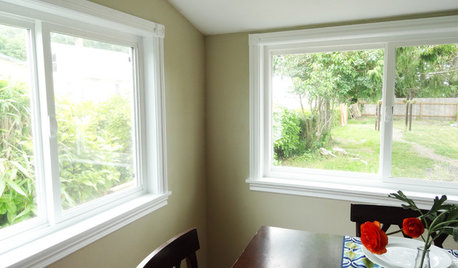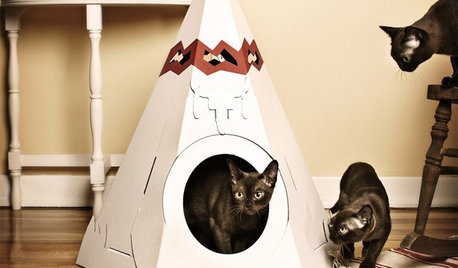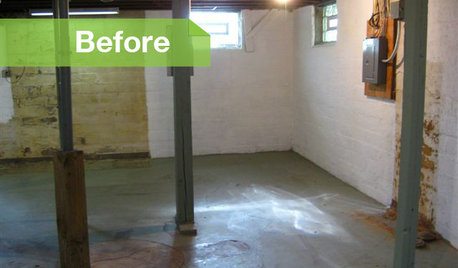DIY replacing a fluorescent box
Tmnca
11 years ago
Related Stories

Replace Your Windows and Save Money — a How-to Guide
Reduce drafts to lower heating bills by swapping out old panes for new, in this DIY project for handy homeowners
Full Story
WINDOWSHow to Replace Window Trim
For finishing new windows or freshening the old, window trim gives a polished look with less effort than you may think
Full Story
GREAT HOME PROJECTSHow to Replace Your Lawn With a Garden
New project for a new year: Lose the turfgrass for energy savings, wildlife friendliness and lower maintenance
Full Story
GREAT HOME PROJECTSHow to Replace or Revamp Your Garage Doors
Boost curb appeal and maybe even security with new garage doors. Find out cost ranges and other important details here
Full Story
HOUSEKEEPINGAll Together Now: Tackle Home Projects With a DIY Co-op
You're in good company when you pair up with a pal to clean, organize, repair and replace
Full Story
HOUZZ TVHouzz TV: How to Make and Plant a Veggie Box
See how to start edibles from seed, then transfer the seedlings to a box on stilts to make harvesting more fun
Full Story
KITCHEN DESIGNShow Us Your Fabulous DIY Kitchen
Did you do a great job when you did it yourself? We want to see and hear about it
Full Story
GARDENING GUIDESWindow Boxes Captivate on the Curb
For home appeal that reaches to the street, dress up your windows with boxes brimming with blossoms, vines or the freshest foliage
Full Story
LIFEGet the Scoop on High-Design Litter Boxes
Unavoidable doesn't have to mean unpleasant; cats and guardians alike will purr over these terrific design solutions for the litter box
Full Story
BASEMENTSBasement of the Week: Modern Style Converts an Empty Concrete Box
From raw wasteland to fab living, sleeping and storage space, this snazzy basement now covers all the angles
Full Story






David
brickeyee
Related Professionals
Batavia Lighting · Orcutt Lighting · Tukwila Lighting · Austin Furniture & Accessories · Carlisle Furniture & Accessories · Evanston Furniture & Accessories · Phoenix Furniture & Accessories · Bel Air North Interior Designers & Decorators · Hyattsville Decks, Patios & Outdoor Enclosures · Kernersville Decks, Patios & Outdoor Enclosures · Kissimmee Decks, Patios & Outdoor Enclosures · Manchester Decks, Patios & Outdoor Enclosures · Mobile Decks, Patios & Outdoor Enclosures · Philadelphia Decks, Patios & Outdoor Enclosures · Woodstock Decks, Patios & Outdoor EnclosuresTmncaOriginal Author
brickeyee
TmncaOriginal Author
mike_kaiser_gw
TmncaOriginal Author